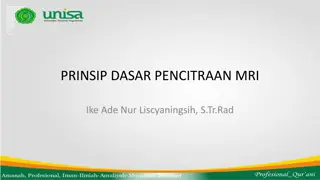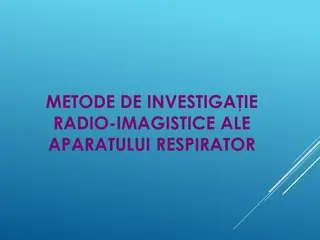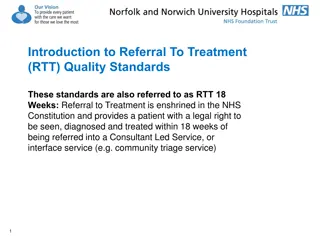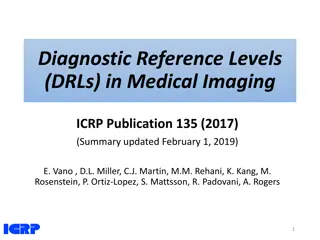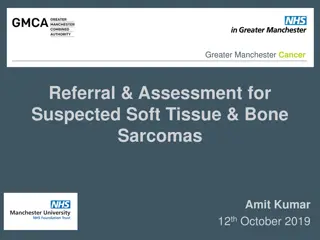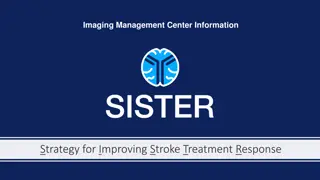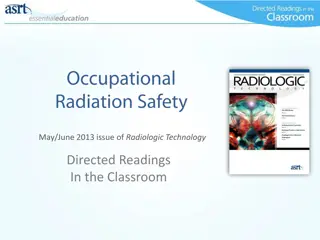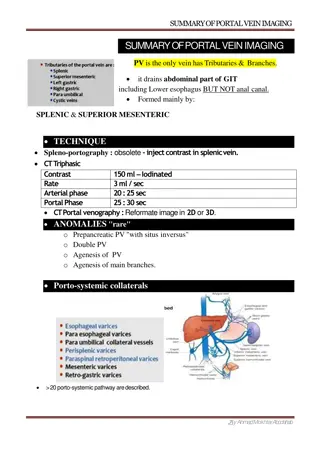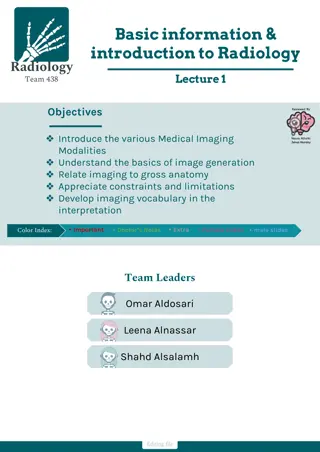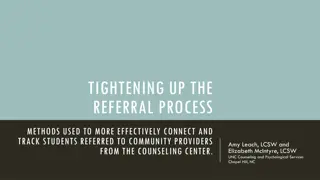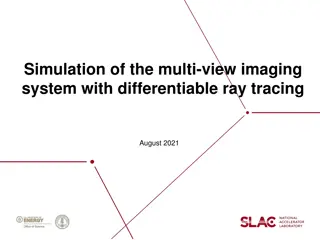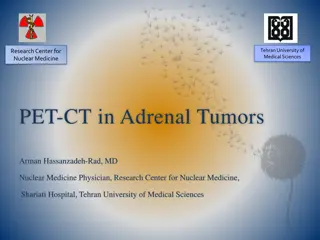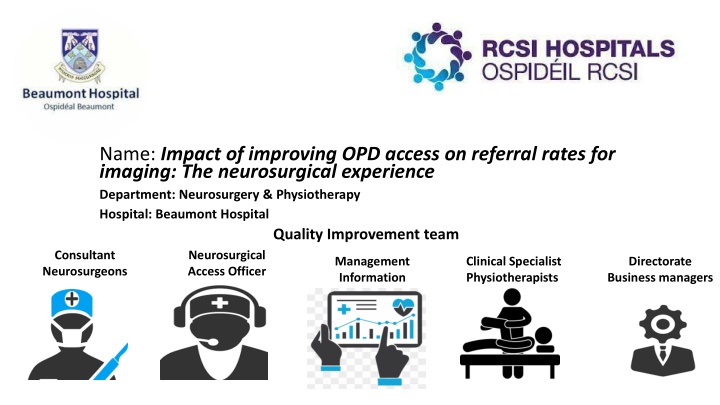
Improving Access to Neurosurgical OPD Clinics: Impact on Referral Rates for Imaging
Explore the impact of enhancing access to neurosurgical OPD clinics on referral rates for routine spinal MRI, leading to increased efficiency, reduced wait times, and significant improvements in patient outcomes. Various initiatives and data analyses showcase the success of the quality improvement project at Beaumont Hospital's Neurosurgery & Physiotherapy Department.
Download Presentation

Please find below an Image/Link to download the presentation.
The content on the website is provided AS IS for your information and personal use only. It may not be sold, licensed, or shared on other websites without obtaining consent from the author. If you encounter any issues during the download, it is possible that the publisher has removed the file from their server.
You are allowed to download the files provided on this website for personal or commercial use, subject to the condition that they are used lawfully. All files are the property of their respective owners.
The content on the website is provided AS IS for your information and personal use only. It may not be sold, licensed, or shared on other websites without obtaining consent from the author.
E N D
Presentation Transcript
Name: Impact of improving OPD access on referral rates for imaging: The neurosurgical experience Department: Neurosurgery & Physiotherapy Hospital: Beaumont Hospital Quality Improvement team Consultant Neurosurgeons Access Officer Neurosurgical Management Information Clinical Specialist Physiotherapists Directorate Business managers
Background: Contemporaneous imaging is a critical tool in surgical clinical decision making. The majority of patients referred for a neurosurgical opinion have had imaging on referral. Long wait times, increases the volume of patients requiring repeat imaging following initial neurosurgical consultation. Aim: To investigate the impact of improving access to the neurosurgical OPD clinics on referral rates for routine spinal MRI. Change initiatives that delivered sustained improvement in access to the neurosurgical OPD clinic: Measurement: Patient tracker list OPD summary report Effective team meetings OPD Consultant active waiting list Dear Doctor Triage redesign Sustained improvement in access Referral profiling Implementing spinal referral guidelines Increased capacity for low complexity referrals Optimised use of existing clinic capacity: Implementing subspeciality teams Prospectively identifying unbooked capacity
39% Increase in referral rate 2018: 4148 2021: 5767 Improvement in Neurosurgical OPD wait times 2018-2021 1600 74% decrease in median patient wait time: May 2018: 246 days Dec 2021: 63 days 1400 7000 Referral Rate neurosurgery 1200 6000 1000 5000 800 4000 600 Median patient wait time (days) 3000 400 2000 Minimum patient wait time (days) 200 1000 0 maximum patient wait times (days) May-18 May-19 May-20 May-21 Jan-18 Jan-19 Jan-20 Jan-21 Sep-18 Sep-19 Sep-20 Sep-21 0 2018 2019 2020 2021 46% increase in NP attendances 2018: 2151 2021: 3132 Referral rate for MRI spine: Neurosx: 11% Physio clinics: 22% NP attendances neurosurgery 2018-2021 MRI spine requests neurosurgery 2018-2021 3500 1200 3000 1000 2500 800 2000 600 1500 400 1000 200 500 0 0 2018 2019 2020 2021 2018 2019 2020 2021 NP attends neurosurgery NP attends physio clinics MRI spine requests neurosurgery MRI spine requests physio clinics
Value to patients Timely access to neurosurgical opinion. Diagnosis and care not delayed by requirement to repeat imaging. Decrease in MRI Spine referral rate has delivered 86,460 in savings. Spread Methodology which delivered improvement has application in any OPD setting not meeting waiting time Key Performance Indicators. Team awarded spark seed funding to develop dashboard in collaboration with ICT which will display available capacity to support the optimal use of clinic capacity.



